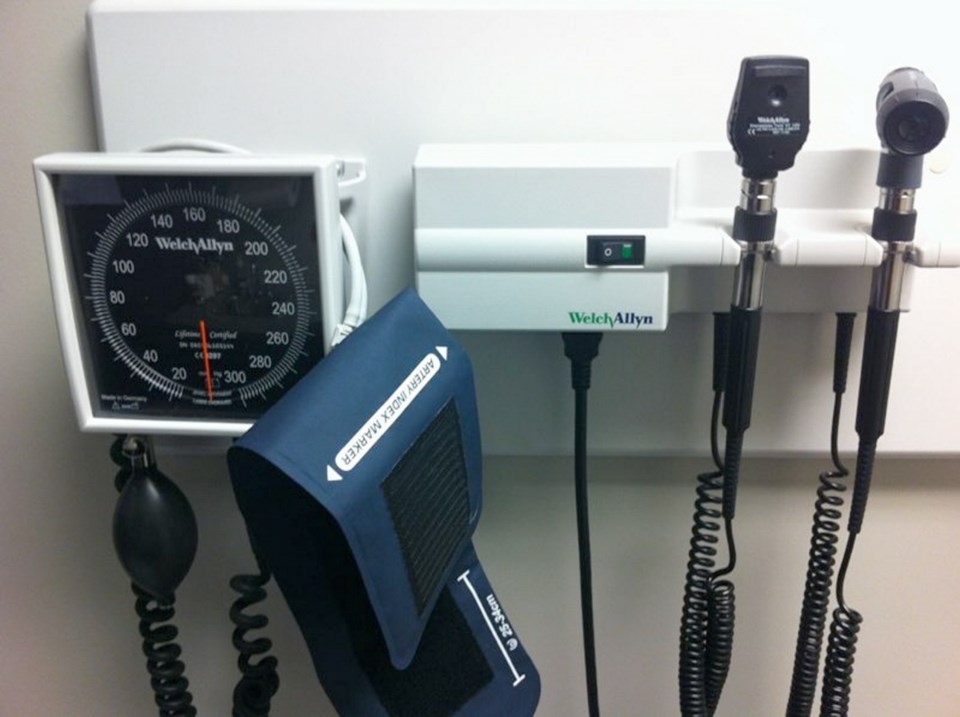It appears changes forced by the COVID-19 pandemic may finally bring some good news.
For years, large numbers of British Columbians have been unable to find a family physician. Instead, we searched the B.C. College of Family Physicians’ website to look for a doctor taking new patients, frequently in vain. Or we phoned around for a local walk-in clinic that could see us, often waiting for days.
Perhaps now there is some light at the end of that tunnel.
Between April and June of this year, the number of telephone consults by family physicians rose by 2.4 million province-wide, from near zero in the pre-COVID era. That has to put a dent in the wait times to talk with a GP.
What happened is this. Before the virus struck, family physicians were allowed to consult with patients by phone, but the fee for this service was well below the remuneration for an office visit. That made the option impractical in most cases.
But as the COVID crisis deepened, the Health Ministry raised the fee for phone consults, making them financially more viable. Where before only two per cent of fee-for-service payments to GPs were for tele-consults, now that number is 49 per cent. The rapidity with which tele-consulting has taken off is remarkable.
Moreover, the numbers to date cover only the early stages of the epidemic. It is reasonable to assume that with more experience, the volume of phone consults will rise.
If that happens, there is a genuine possibility we could see an easing in the wait times to talk with a GP.
As well, routine interactions between patient and doctor can be greatly simplified, to everyone’s benefit. Previously a patient would visit her family physician, discuss symptoms, and tests might be ordered.
A follow-up visit would usually be required to review the results, and after that, a prescription might be written which the patient would take to a pharmacy. All of this can now be done by phone, at least in many circumstances. And test results are available online via the LifeLabs portal “My eHealth” or Island Health’s portal “MyHealth.”
These efficiencies free up GPs to treat more patients than the conventional approach permitted.
It’s worth comparing this experience with what is happening south of the border. According to several news reports, only one-third of American GPs feel they have enough cash on hand to remain in practice for more than a month. Several hundred have already closed, or are preparing to do so.
Part of the reason is that the U.S. Medicare plan, which provides health insurance for people aged 65 and over, reimburses family physicians for tele-health consults at only half the rate for an office visit.
It is this fate which the B.C. Health Ministry has avoided. The question is, what happens when the COVID crisis passes by? Do we return to the traditional model based around face-to-face visits?
Hopefully not. What the epidemic has taught us is that there are far more efficient ways of delivering primary care.
Yes, office visits may be the gold standard for certain conditions. There are numerous circumstances where a patient can only be diagnosed and treated properly in a doctor’s office.
And over time, the ideal solution would be a significant increase in the number of family physicians. But that is nowhere on the planning horizon. Our medical schools are barely turning out enough GPs to replace those who retire.
So let’s learn the lesson that COVID has taught us. Tele-health consults, fully geared up and properly monitored, should expand the number of patients our family physicians can treat.
That can only benefit all of us in the long run.



